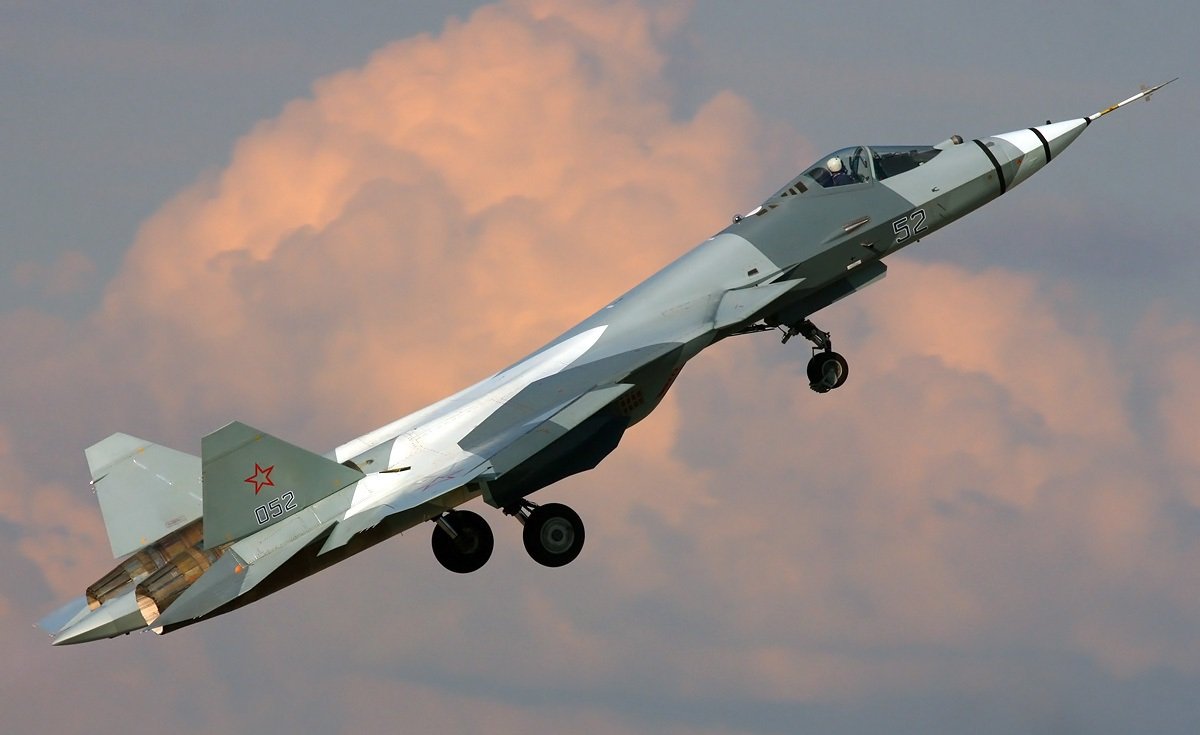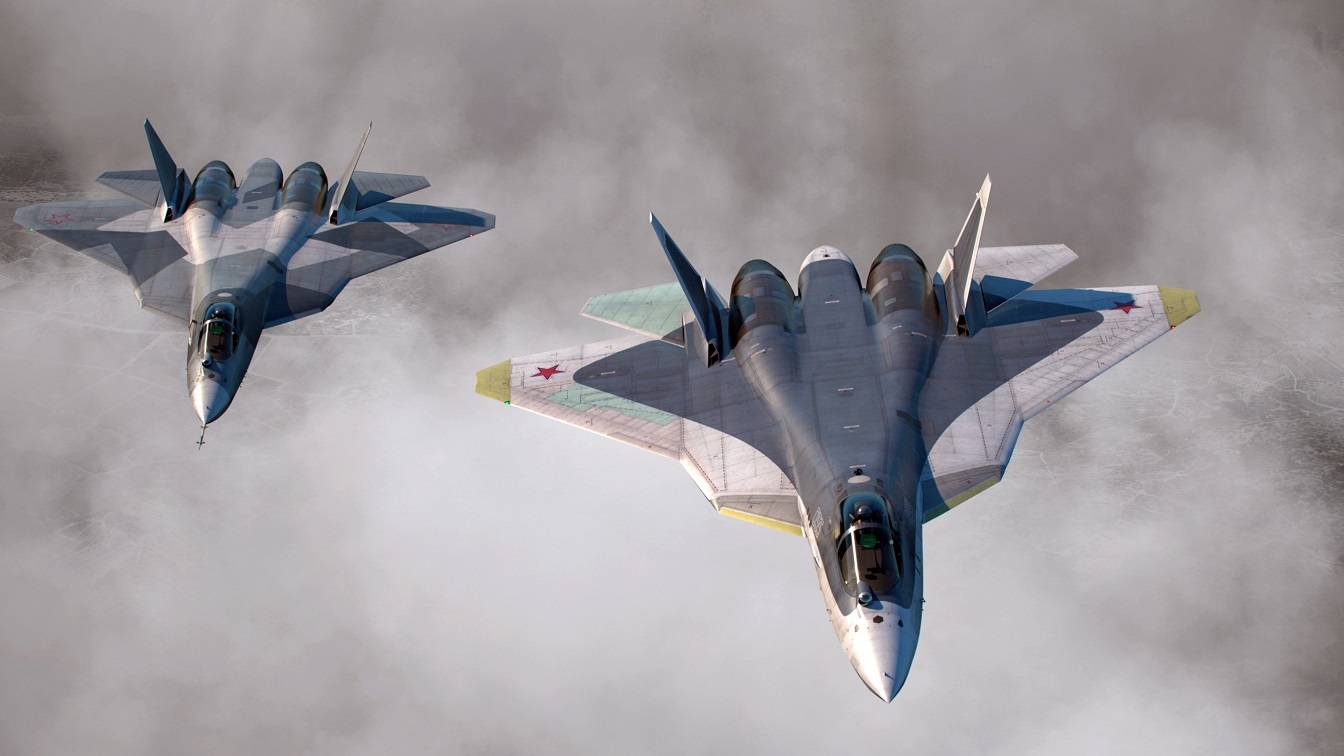A Numbers Problem: Don’t Believe the Hype – Su-57 Won’t Reach Serial Production – There is an old joke about lawmakers in the United States: “how do you know when a politician is lying? Answer: his lips are moving.” A 21st-century joke about the Russian military could build on that theme with much the same punch line – anytime the Kremlin hypes up its latest technology or announces that a platform will enter serial production, it’s almost certainly a lie.
Such is the case with the Sukhoi Su-57, which, earlier this month, Russia’s Minister of Defense Army General Sergey Shoigu told state media that the “fifth-generation” aircraft had been used “brilliantly” in Ukraine. Despite a few reports that the aircraft had been possibly deployed to Ukraine, it has failed actually to do much of anything noteworthy. Russia has still failed to achieve air superiority, while Ukraine’s military is now reportedly gearing up for a counter-offensive.
Su-57: The Big Lie? The Numbers Problem
The hype over miracle weapons seems to be a page out of Germany’s World War II playbook – and with much the same results.
Moscow has long touted the capabilities of its Sukhoi Su-57 (NATO reporting name “Felon”) in recent years, while some Russian aviation experts have suggested its capabilities exceed those of even the United State Air Force’s F-22 Raptor and F-35 Lightning II.
The aircraft was reportedly tested for the first time in actual combat operations in Syria in 2018, but its performance there could hardly be considered exemplary. One issue is that Moscow simply doesn’t have significant numbers of Felon aircraft to deploy. According to current reports, the Russian Air Force is only scheduled to receive 22 Su-57 jets by the end of 2024 and could receive upwards of just 76 by 2028.
Designed to destroy all types of air, ground, and surface targets, the Su-57 has a supersonic cruising speed, in-fuselage armament, radio absorption coating (stealth technology), as well as the latest complex of onboard equipment. Development of the Su-57 began in 2002 at the Sukhoi Design Bureau and the Russian United Aircraft Corporation (UAC) as part of the Russian Air Force’s PAK FA fifth-generation fighter jet program.
At least that’s the hype. The actual combat record would tell another story.
Serial Product? Seriously?
According to recent reports, UAC has ordered 76 stealth fighters for the Russian Air Force. It is also apparently expanding facilities at the Komsomolsk-on-Amur (KnAAZ) plant in the country’s Far East, the site that has become known for producing several Sukhoi fighter jets, and is now involved in the assembly of the Su-57.
Those facilities were already expanded for the testing of the aircraft’s systems and equipment. Future plans call for an expansion that includes a new building to house the electroplating, machining and heat treatment units for aircraft components.
The new facilities are expected to be completed by 2023 and will be used to test avionics, fuel tanks, and engines.
Su-57 Questions
The first question to ask is how Rostec’s subsidiary could even fulfill that contract, given that it can’t source many electronic components from the west. The bigger question is how cash-strapped Moscow can actually afford to upgrade the facilities when it has struggled to reach serial production of the Felon given its high costs. In fact, the first production Su-57 was only delivered by UAC in December 2020, years behind schedule.
It remains wholly unclear how many Su-57s have been completed. As Aerotime Hub also reported, “The only thing we can state with a high degree of certainty is that the number of serially produced Su-57s currently in the possession of Russian Aerospace Forces is in the single digits.”

Su-57. Image: Creative Commons.
How long it will take to serially produce those 76 aircraft on order is the final question, and the best answer would be years or longer. Finally, given the rampant corruption within Russia – which resulted in the arrest of the director general of a shipyard in the northwestern Russian city of Murmansk last year – we can only imagine how much money is likely lining the pockets of some at the UAC!
Expert Biography: A Senior Editor for 1945, Peter Suciu is a Michigan-based writer who has contributed to more than four dozen magazines, newspapers, and websites with over 3,000 published pieces over a twenty-year career in journalism. He regularly writes about military hardware, firearms history, cybersecurity, and international affairs. Peter is also a Contributing Writer for Forbes. You can follow him on Twitter: @PeterSuciu.

